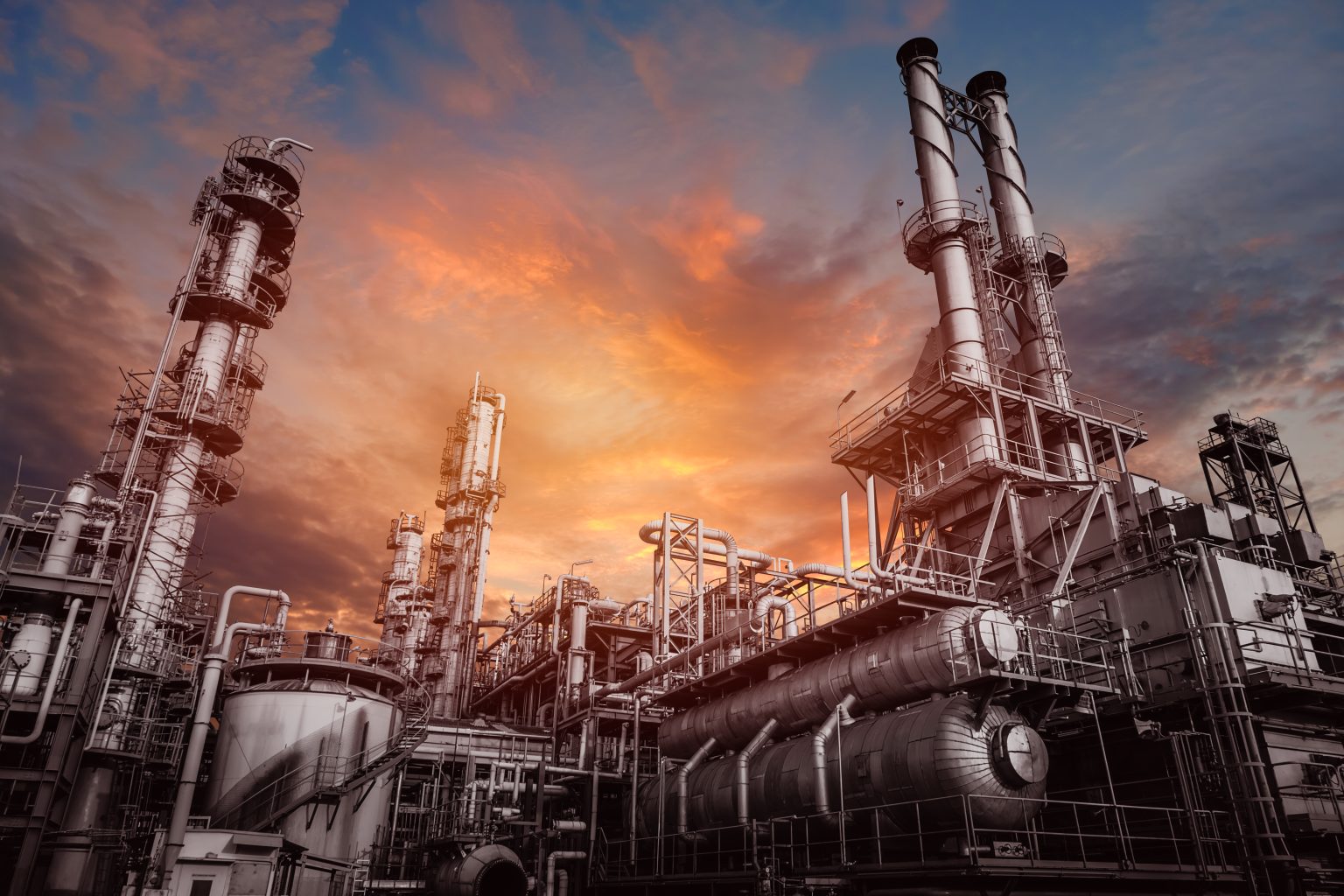
10 Tips to Promote Safety in the Oil & Gas Industry
The Oil & Gas Industry has indeed endured a number of challenges since the COVID era. And while so many have risen admirably to the occasion with certain laudable trends, there are many other areas that require keen observation and a steady resolve for improvement. The susceptibility of workers to technical risks on the job, the improvement on hard-skilled labor and the need to develop a working system on soft-skilled labor are among the many pressing issues. Here are few safety tips to help reduce the hazards across every level of contribution in the industry and promote human resource wellness and staff health.
Provide adequate training: Ensure that all employees are trained in the necessary safety protocols and procedures, including how to handle equipment, work in hazardous environments, and respond to emergencies.
- Conduct regular safety audits: Conduct regular inspections of the work environment to identify potential hazards, and take steps to address them before they become a problem.
- Use proper personal protective equipment (PPE): Provide workers with appropriate PPE such as hard hats, safety glasses, earplugs, gloves, and respirators to protect them from injury or illness.
- Establish a safety culture: Create a culture of safety by encouraging workers to report hazards and incidents, recognizing and rewarding safe behavior, and holding employees accountable for unsafe actions.
- Implement an effective hazard communication program: Ensure that workers are aware of the hazards they face and are properly trained to handle them.
- Regularly maintain equipment: Perform routine maintenance and inspection of all equipment and machinery to prevent malfunctions that could cause injury or damage.
- Conduct emergency drills: Practice emergency response drills to ensure that workers know what to do in the event of an emergency, such as a fire or explosion.
- Ensure proper labeling: Clearly label all hazardous materials and equipment to ensure that workers are aware of the potential dangers.
- Use appropriate signage: Use appropriate signage to identify hazards, communicate safety protocols, and indicate emergency exits.
- Provide regular safety training: Provide regular safety training to all workers, including refresher courses to keep safety protocols top-of-mind.
- Promote worker wellness: Encourage workers to maintain their physical and mental health, as healthy workers are less likely to be involved in accidents or make mistakes that could lead to injury.




